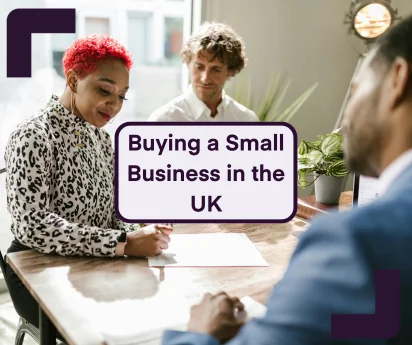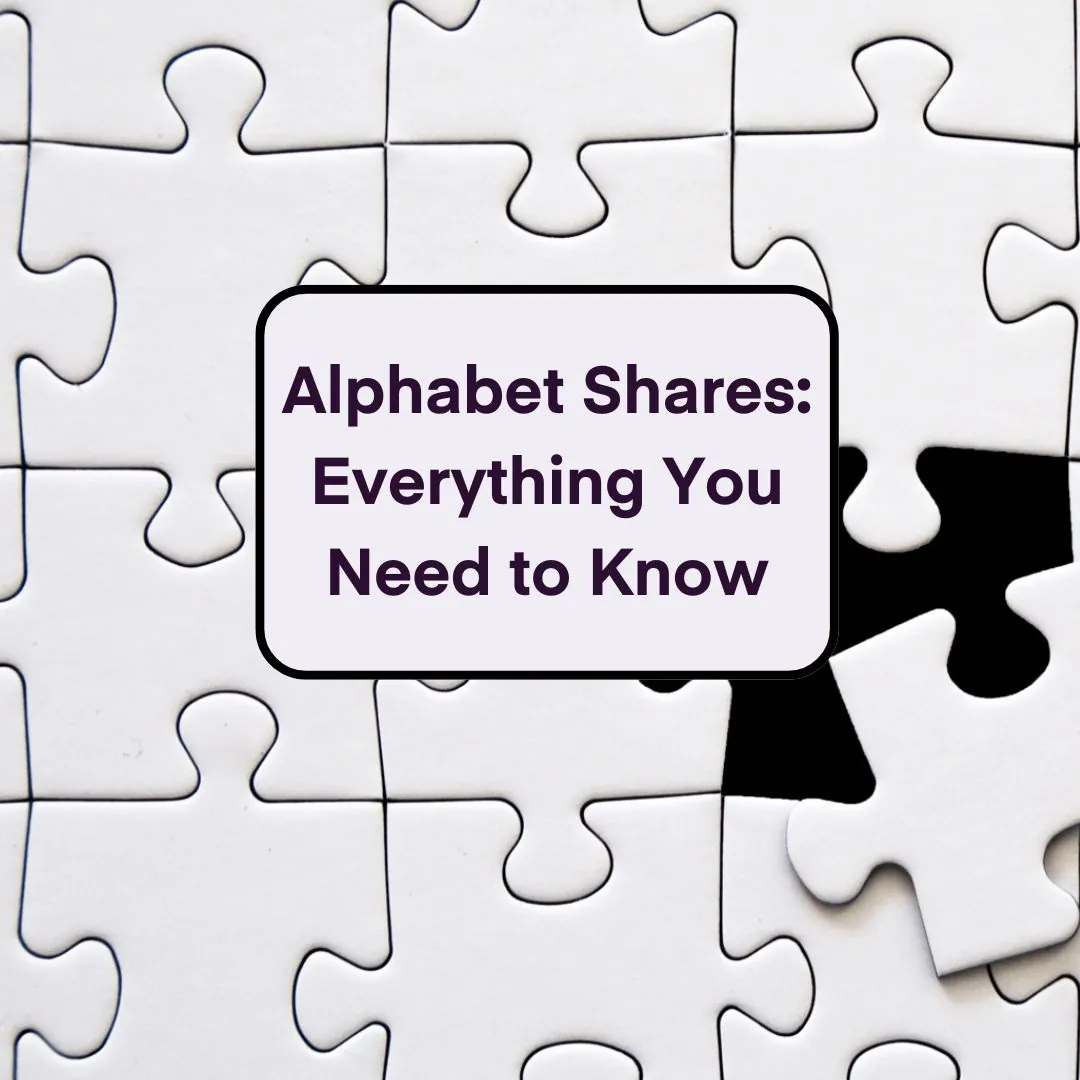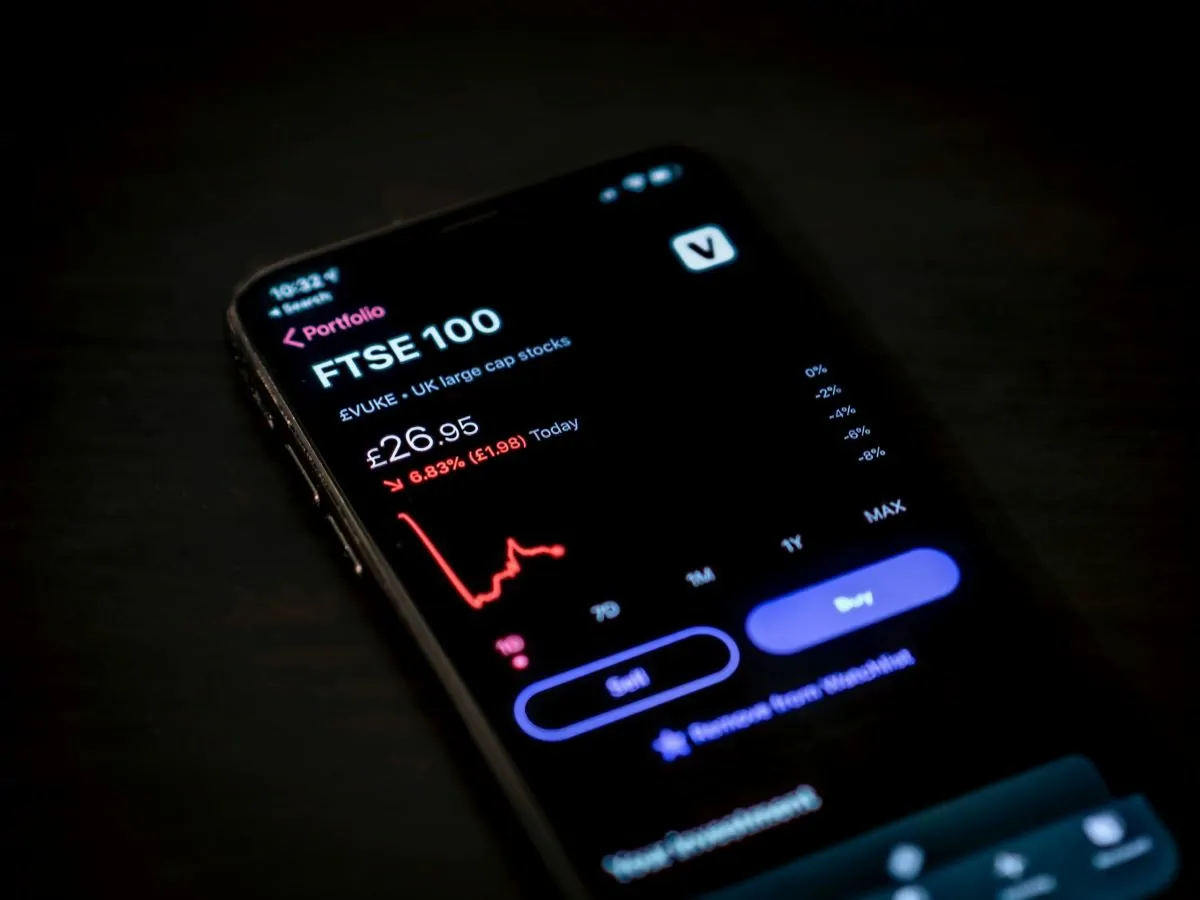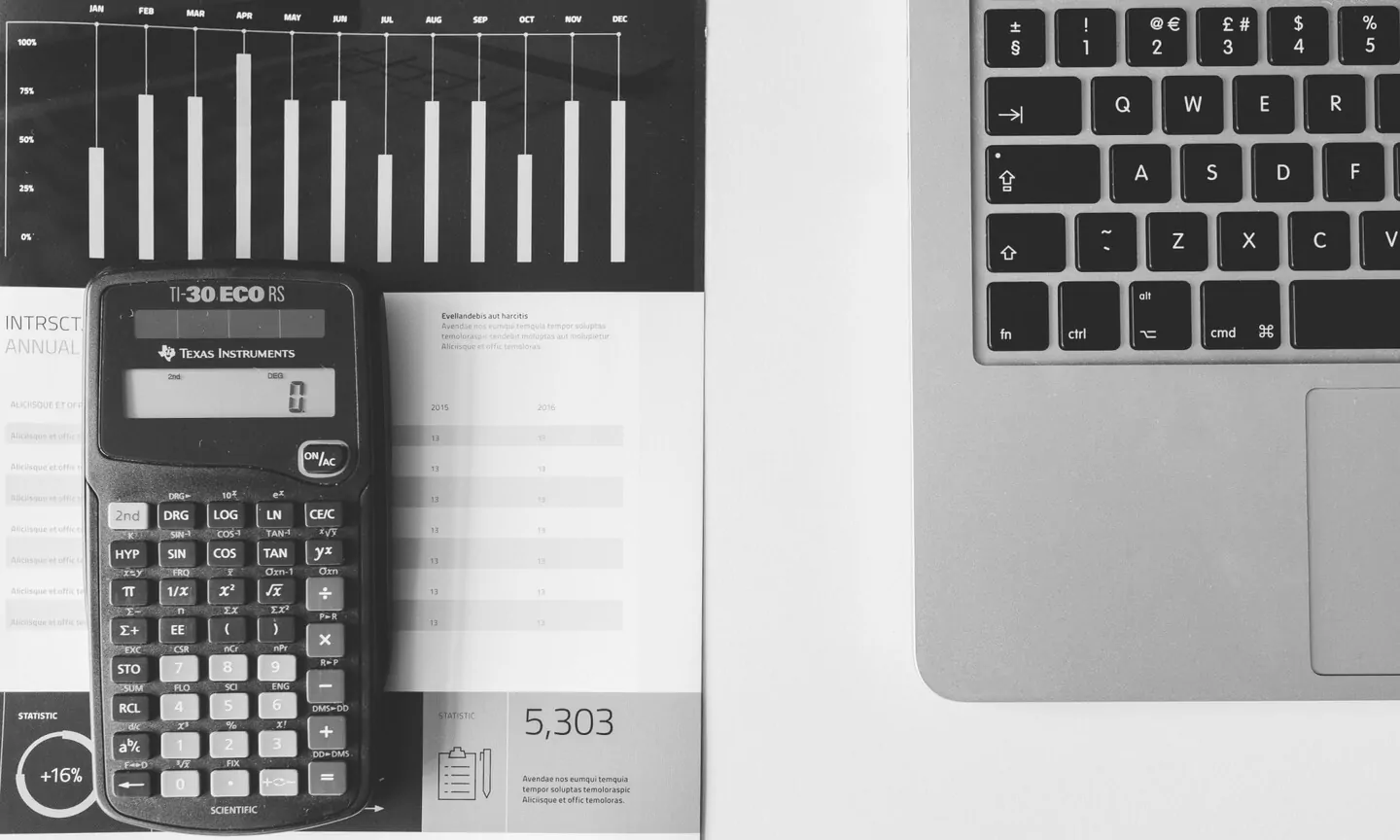
How much is VAT in the UK
21 Nov 2023How much is VAT? A very common question asked by small business owners. SMEs who have just met the requirements to register for VAT need to know which bracket they fall into and how that’s going to impact their business. So that’s what we’ll do in this blog.
If you’re new to paying VAT for your small business, we first advise you to read up on the VAT deadlines and penalties and look into getting help with your VAT returns.
Depending on the category you fall under, you can find yourself paying 20%, 5%, 0% VAT or being VAT exempt. Let’s break down each one.
How much is VAT?
For most businesses, the answer will be 20%, increased from 17.5% back in 2011. As it’s the most common for business owners, let’s break down how it will affect you.
But first, when do you need to register? If your business’ total taxable turnover for the last 12 months was over £90,000 (the VAT threshold) or you expect your turnover to go over £90,000 in the next 30 days, your business will now have to register for VAT.
You can also volunteer to register for VAT early, which has specific benefits for some businesses, especially B2B, such as wholesalers to retailers, and business services providers (like accounting) to other businesses.
Learn more: Voluntary registration for VAT.
How will VAT impact your prices?
Now you’re (most likely) registered at the standard 20% VAT rate you will need to factor this into you’re pricing. The calculation for this is (product or service price x 1.20). For example, if you charged £20 for a t-shirt now with VAT you would charge £24 (20 x 1.20=24)
Most of the time business owners face one of two choices once registered.
- Put the cost onto the customers and increase prices.
- Keep prices the same and absorb the cost yourself.
The pros of the first option are you’re able to maintain the same amount of gross profit margin per product sold. However, the cons are the obvious increased prices that may put customers off your product. Pricing is extremely important to your overall business strategy.
Therefore, you may consider option 2 and absorb the cost yourself by keeping prices the same. The pros of option 2 are with prices holding steady, it shouldn’t deter customers from purchasing. However, the cons of option 2 is the lower gross profit margin.
Deciding what to do with this can be difficult, we recommend speaking to our accountants to understand which option is best for you.
Contact our offices based on your location if you need help with your taxes:
Other VAT rates
5% VAT
A few select services and products have unique access to a 5% rate, most of these services being power, utilities, energy and energy saving, and heating.
Other items, like children’s car seats, are also on this list.
Put simply the reduced rates are for essential items and is the government’s effort to keep these prices down.
0%VAT and Exempt
0% and VAT-exempt goods and services have many different items that fall into its range. The standout one on this list is 0% on unprepared food (VAT Notice 701/14).
Similar to the 5% category, the products and services in the 0% and exempt categories are mostly seen as essential items, which is why they’re charged less VAT, to make them more affordable for the average consumer.
Now you may be wondering, what’s the difference between 0% and a VAT exemption? The Tax Policy Centre breaks this down as follows:
‘For a “zero-rated good,” the government doesn’t tax its sale but allows credits for the value-added tax paid on inputs. If a good or business is “exempt,” the government doesn’t tax the sale of the good, but producers cannot claim a credit for the VAT they pay on inputs to produce it.’
For a full breakdown of what this means, you can find info on the UK government website VAT notice 700. However, if you want to make your life easier, just speak to our tax experts.
Wrapping up
So, how much is VAT in the UK? 20% for most businesses.
For the other businesses falling in the 5%, 0% or exempt categories, we found the reason for the lower rates to be the essential nature of the product/service. To keep prices lower for the consumer, the government charges lower rates to any additional charges that aren’t passed on to Joe Bloggs.
We know VAT can be complicated, there’s a lot that goes into it that can seriously affect your business. If you need help with anything, contact us now, and our experts will be in touch.























